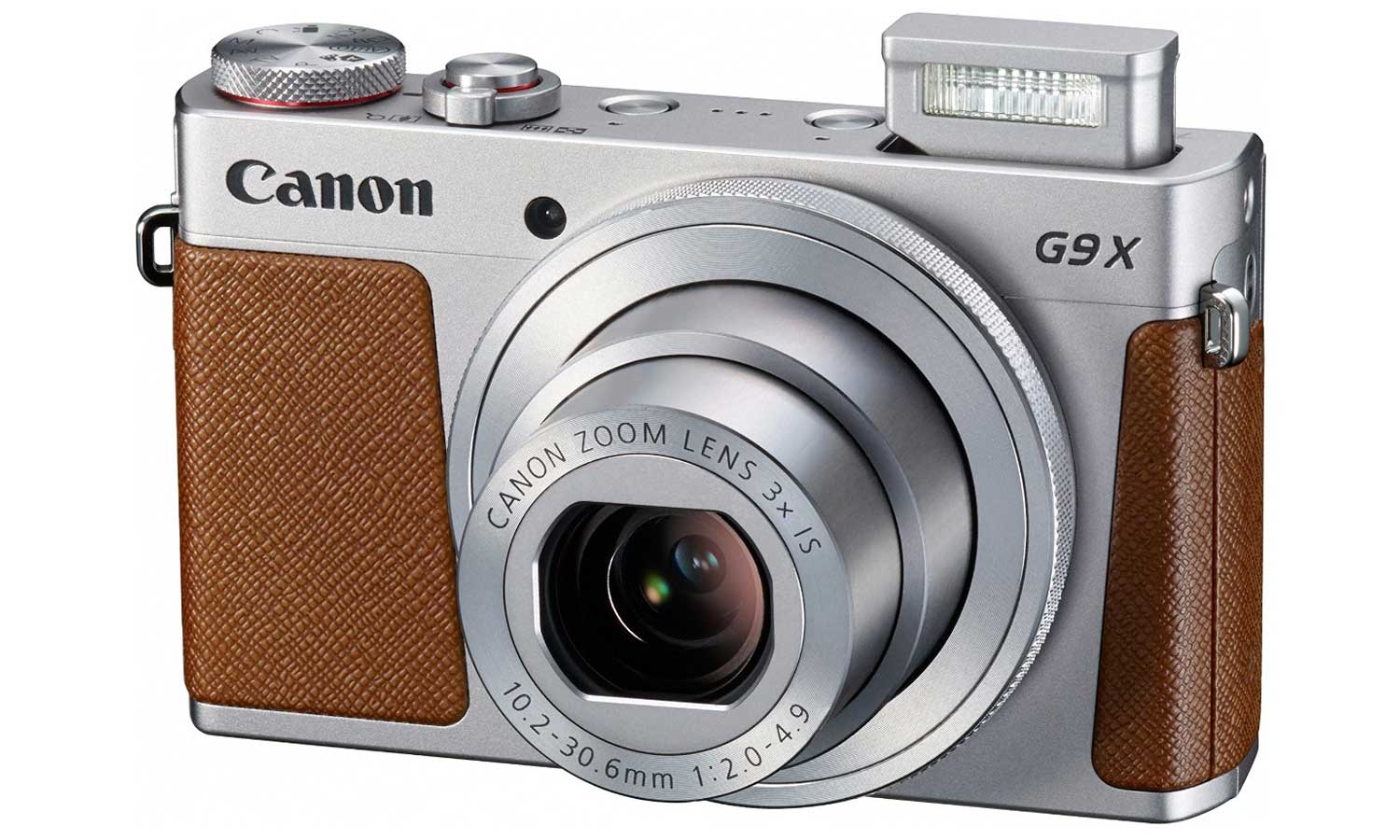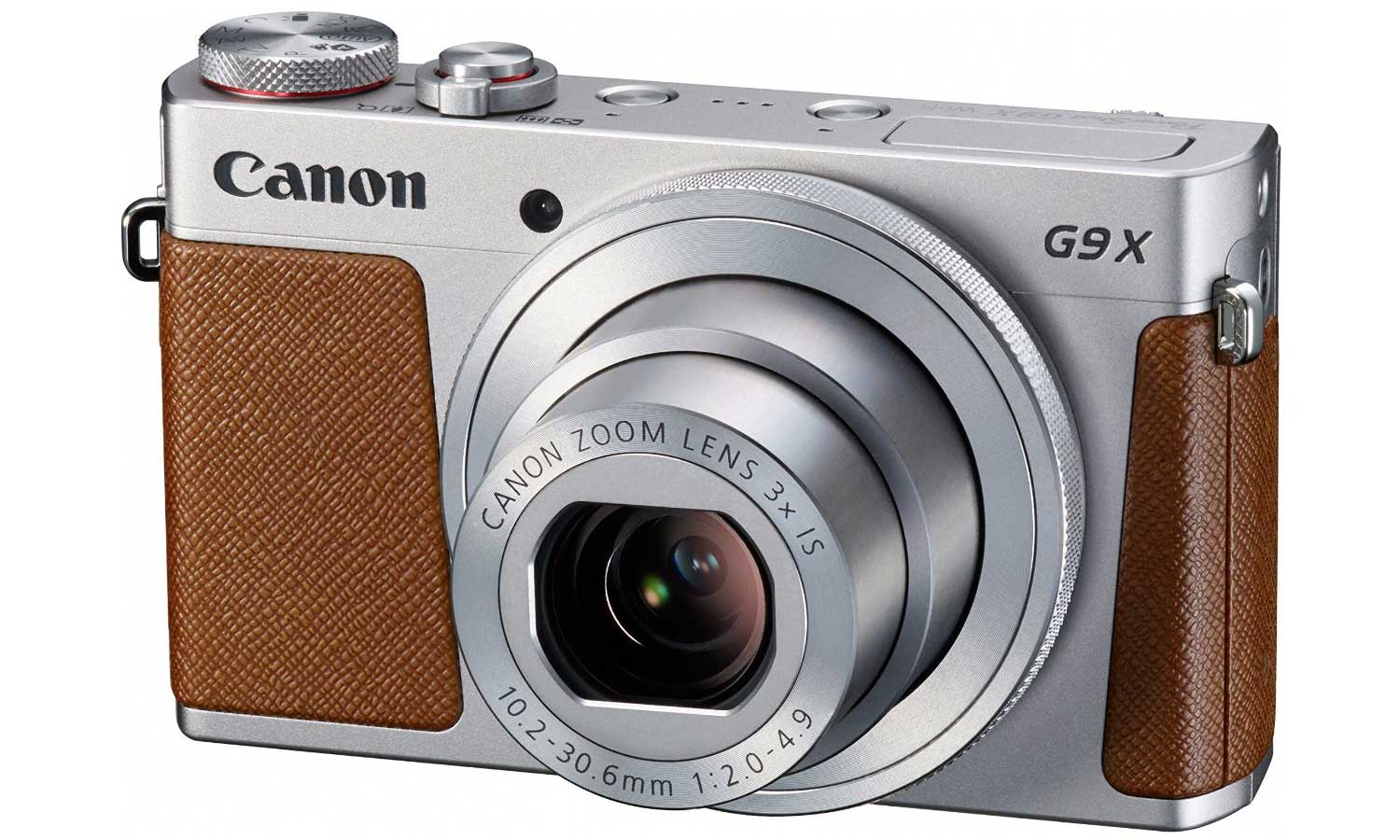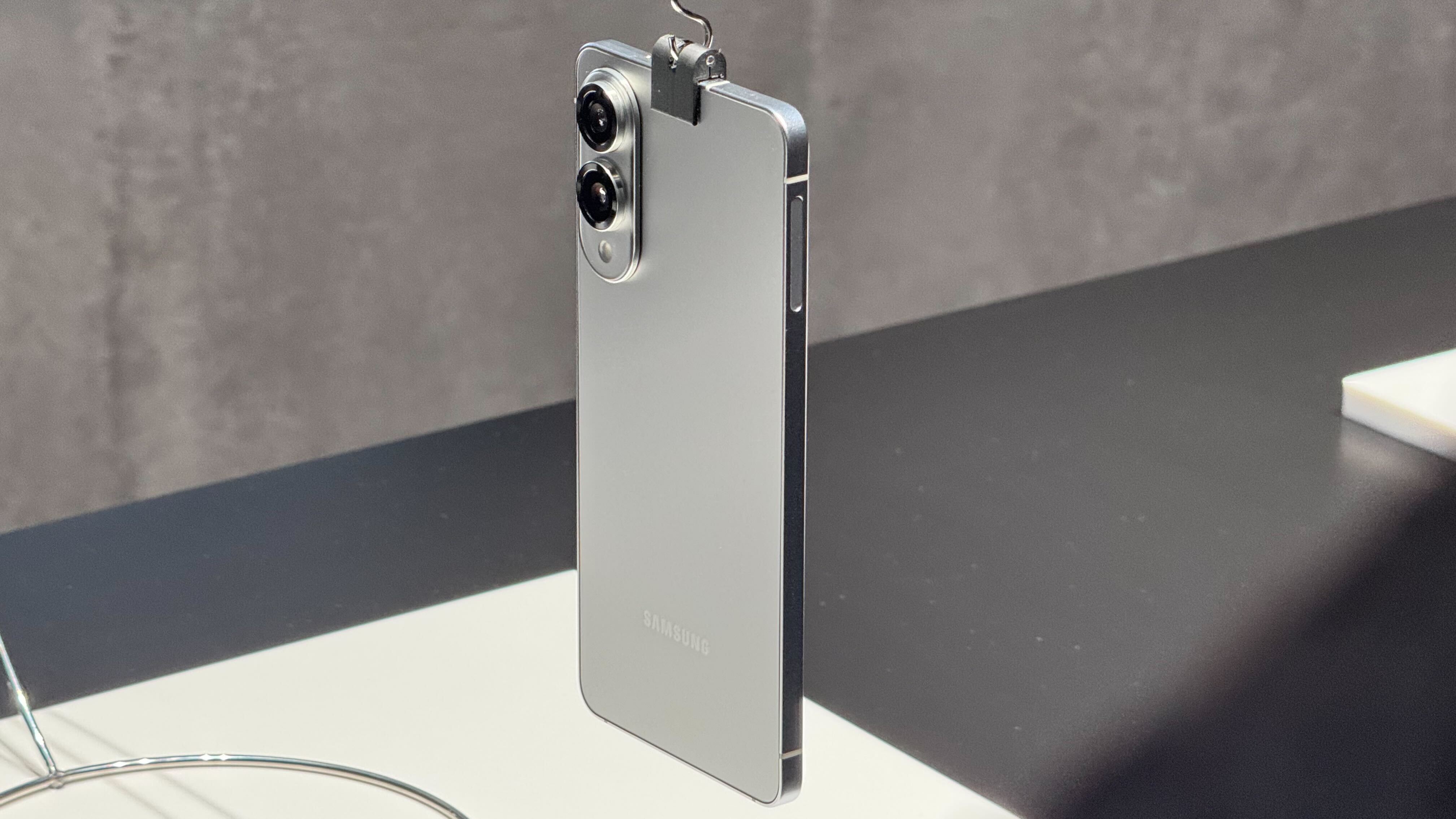Tom's Guide Verdict
This small, pocketable camera takes great photos for the price, but the Canon PowerShot G9 X's video quality disappoints.
Pros
- +
Compact design
- +
Handy touch screen
- +
Fine image quality by day and night
Cons
- -
So-so video
Why you can trust Tom's Guide
The Canon PowerShot G9 X provides a photographic edge over your smartphone's camera (for still images), without taking up too much pocket space. It's svelte, with a surprisingly robust case. Priced at $429, the G9 X merges the best aspects of a pocket camera — a comparatively giant 1-inch image sensor, a 3x optical zoom lens and a pop-up flash — with the best feature of a smartphone: a large (3-inch) capacitive touch screen. Image quality is quite high by day and night, but video capabilities fail to keep up, which prevents us from recommending the G9 X as the best bridge camera.
Design: Clever and Handy

The solidly built G9 X is pocketable, at 3.9 x 2.3 x 1.2 inches and 7.4 ounces. Advanced camera settings — such as aperture, shutter and ISO light sensitivity — are accessible with the touch of an icon. You can also tap to set the exact spot to focus on (or even to snap the photo), which is great for selecting a subject to follow with the G9 X's subject-tracking autofocus. A large metal click wheel around the lens barrel provides resolute tactile feedback that still beats using a touch screen for fine adjustments like manual focus.
Image Quality: Top-Notch, for the Price
Canon's top photographic skills are visible in the exceptionally crisp and colorful 20.2-megapixel images the G9 X captured by daylight. Its photos compare well to those of bridge cameras costing several hundred dollars more, such as the Sony Cyber-shot RX100 III (also fitted with a 1-inch sensor) and the Panasonic Lumix DMC-LX100 (which has an even larger imager) that we had on hand for comparison.

Canon is the king of color, which is evident in this rich image of delicate pink flowers against deep greenery.

The G9 X keeps up in nuanced lighting as well. Its image (at left) from the waterfront in early evening looks nearly identical to that of the Sony Cyber-shot RX100 III, which costs about $300 more.

The G9 X captures the scene equally well when the sun goes down. It didn't brighten the dark setting too much, so it retained the detail in highlights and kept the light sensitivity at a pretty conservative ISO 1000. It makes far better decisions than Sony's RX100 III, which overbrightens the scene.
Video: Surprisingly Middling
A bridge camera that costs more than $400 should at least keep pace with a smartphone camera, and the G9 X can't do that for video. Its video resolution is limited to 1080p HD. The lack of 4K won't matter to most people who post video online, but details did not appear very strong, looking like a murky afterthought to the photo features.
That's evident in these twin clips of kids playing by the beach — first from the G9 X, then from the RX 100 III. Neither camera can handle the wind noise well, although the Sony does a slightly better job.
The G9 X's video doesn't beat a smartphone's for sharpness, either, as seen in this pair of clips — first from the G9 X, then from a Samsung Galaxy S6 Active. The G9 X's audio is impacted more by the wind noise.
Bottom Line
You will certainly get nice still images with the G9 X. Although video quality is just OK, still images are often comparable to those of higher-end bridge cameras such as Sony's RX100 III or even Canon's own PowerShot G7 X. All of this comes in a very slim design with a great touch-screen interface, making the G9 X a good choice for smartphone photographers who want to up their game.
Sean Captain is a freelance technology and science writer, editor and photographer. At Tom's Guide, he has reviewed cameras, including most of Sony's Alpha A6000-series mirrorless cameras, as well as other photography-related content. He has also written for Fast Company, The New York Times, The Wall Street Journal, and Wired.
-
bjornl Reading this review reminds me of a car review which refers repeated to a 4 door as a coupe.Reply
You refer to it repeatedly as a bridge camera. It is not a bridge camera. It only has a 3x lens, far from a bridge camera. Neither does it have the form-factor of a bridge camera or even the feature set. It could not be further from a bridge camera without stuffing it inside a phone.
It is a premium compact camera. Although some might prefer to refer to it as a pocket camera.
If you do not know what a term means, it would be best to google it before you use it.
https://en.wikipedia.org/wiki/Bridge_camera
You also missed several important details. Battery life, it is only 220 shots per charge. Auto-focus is while reasonably fast remains sub-par given that the camera can't track a subject. The lens is not very good, slower aperture and higher CA compared to its peers.

